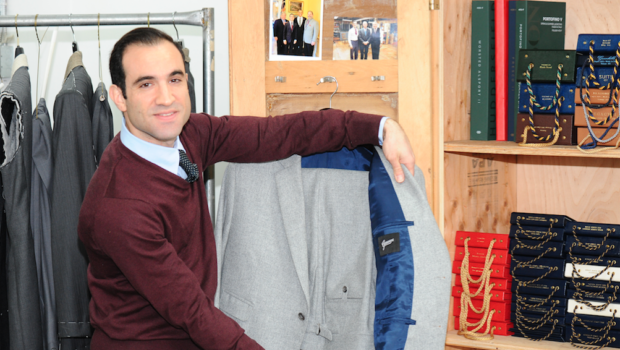
A PATTERN OF EXCELLENCE: Custom Tailor Joseph Genuardi Brings Old World Craftsmanship to Hoboken
by Christopher M. Halleron / photos by Wil Hinds
London. Paris. Milan. Hoboken.
Sound like a stretch? Not at all… in fact, it’s a custom fit.
A uniquely dedicated disciple of custom craftsmanship, tailor Joseph Genuardi creates some of the finest men’s clothing in the world—right here, at his workshop in Hoboken’s Neumann Building (300 Observer Hwy.)
“These are real, handmade, authentic, made-in-New-Jersey products,” says Genuardi. Everything is made here, by hand, in this room.”

SUIT YOURSELF
There are plenty of places to grab a suit in the New York Metro area. As Genuardi explains, his suits are the best you can find, anywhere.
“In terms of custom clothing, there are different levels of construction and fabrication. What we’re doing here is really the top of the line,” he says. “If you’re talking about having a bespoke suit made, this is really the classic, authentic way to do it.”
In order to make a custom suit, it needs to be styled specifically for the customer.
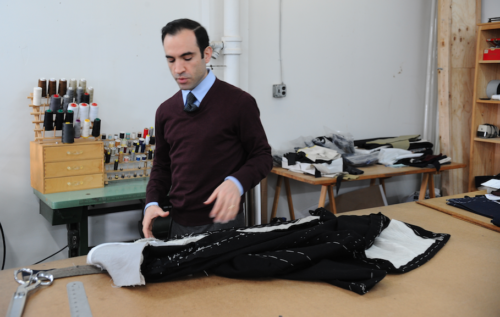
“It starts with the pattern, which we use to cut the suit. There’s a stock pattern, for suits you’d buy in a department store, then there’s special-order pattern, which is pseudo custom, where some things can be adjusted, others can’t. Our patterns are made one-of-a-kind,” says Genuardi. “When a customer comes in, I take a series of measurements, then take notations about their posture and style and the proportions to which the suit should be built. Then I take all that information and draft a pattern on paper from scratch.”
That seems straightforward enough, but a lot of different factors go into optimizing that design.
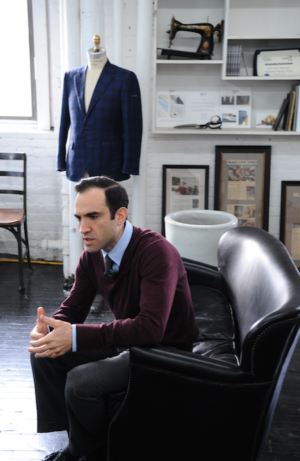 “A lot of old tailors have been using the same drafting system since the ‘50s. Those systems are based on bodies from the 50s, and bodies aren’t the same now. Also, styles are different now. What I’ve done is taken those systems, taken my experience—ten years now of fitting people of all different shapes, sizes, styles—and I’ve combined them to create a new drafting system that fits modern bodies, modern tastes. That’s really something special about what we do here.”
“A lot of old tailors have been using the same drafting system since the ‘50s. Those systems are based on bodies from the 50s, and bodies aren’t the same now. Also, styles are different now. What I’ve done is taken those systems, taken my experience—ten years now of fitting people of all different shapes, sizes, styles—and I’ve combined them to create a new drafting system that fits modern bodies, modern tastes. That’s really something special about what we do here.”
From there, it’s time to start creating the suit itself.
“All high-end suits have a canvas—this canvas is made from scratch for you, says Genuardi. “Say you stand up straight and have a full chest—I’m going to cut the canvas to fit that, accentuate the good parts and downplay the not-so-good parts. It’s designed for the individual’s curvature and serves as the foundation of the suit.” He adds, “It’s all very labor intensive, this is all stitched by hand.”
Typically that’s where the process would end. Genuardi goes that much further.
“There are multiple fittings—you come in once and you try on a suit that’s put together temporarily, like that overcoat. You come back for a second fitting and it’s a little bit further along. Then you come back for a third fitting, and that’s the final fitting/pick up. So everything is built in a way not to save time or save cost, but to get the perfect suit.”
The results are striking, and the handiwork is immediately apparent even to the untrained eye. “We really deal in quality. That’s the only reason I’m doing it—to have somebody who’s looking out for the customer,” says Genuardi. “It’s really a genuine product—that’s what we’re doing here.”
DESIGN WOVEN IN
Genuardi studied Industrial Design at Carnegie Mellon, but developed an interest in clothing.
“I was toying around with the idea of actually moving to Italy—I was going to pack a bag and find someone, because I didn’t like the idea of ‘fashion design,’ I preferred the idea of learning how to build suits,” he says.
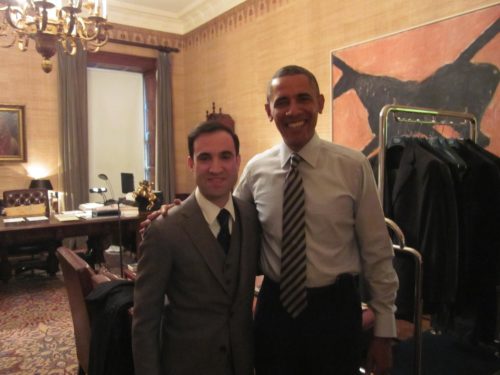
photo courtesy of Joseph Genuardi
“There was a bit of a luxury bubble where people were just spending crazy amounts of money on stuff that you don’t know where it’s made, you don’t necessarily know that it’s a great quality product. It might have a certain label on it—but there’s no guarantee that it’s authentic, high-quality material. People are definitely understanding more about those aspects.”
When he heard about a tailor in Philadelphia who was working in the traditional style, he was able to come on board for a five-year apprenticeship.
“An old Italian guy, Centofanti was his name. I learned all the aspects of the trade—the fitting, the measuring the cutting the sewing. It was really an incredible experience—old school, classic apprenticeship, with an old guy yelling at me and the whole thing.” Genuardi and Centofanti were profiled in the 2013 documentary Men of the Cloth. Meanwhile, Genuardi came away with a reverence that would last a lifetime. “I was very fortunate, because you can’t go to school for this now.“
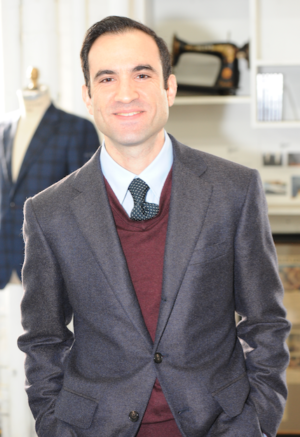 Upon completing his apprenticeship, Genuardi worked the renowned Martin Greenfield Clothiers in Bushwick, Brooklyn.
Upon completing his apprenticeship, Genuardi worked the renowned Martin Greenfield Clothiers in Bushwick, Brooklyn.
“They’ve been around forever—they’re a New York institution. While I was there I dressed Obama, Trump, Bloomberg, Ray Kelly, the Mets, the Katz family, a lot of big-time guys,” says Genuardi.
“Obama dressed very conservatively and he likes to be comfortable in his clothing. He’s also very active throughout the day and those things need to be accounted for,” says Genuardi.
“Trump has been wearing Italian suits for years, and he’s grown accustomed to a certain fit and look all around. He wants things to always kind of have the same appearance—he’s a different build altogether and you have to adjust accordingly. He wears his clothes differently than Obama. He rarely buttons the jacket, things like that.”
He also did a lot of entertainment work—notably HBO’s Boardwalk Empire.
“I think you have a lot going on in the entertainment business with guys dressing up and you’re seeing a lot of sartorial emphasis in the design. I think that there’s a great resurgence in people understanding quality and seeking quality in the products they’re buying,” says Genuardi.
A CUT ABOVE
Given his tremendous success, leaving Martin Greenfield was certainly a tough decision for Genuardi.
“It was probably one of the scariest things I’ve ever done,” he says. “I have two kids at home, so it was definitely a big decision. But I felt like ultimately, creatively I needed to go back to a more classical way of working. At Martin Greenfield we had a factory set up and they do great business, I had five years there and we made a lot of beautiful clothing, but creatively I really wanted to get back to the traditional bespoke process—the hand-sewing, multiple fittings, things like that. It’s the most challenging and most rewarding way to do it, and I feel like I have a responsibility as a young tailor to carry on these skills that are practically lost. I didn’t want to stop short of going to the highest level, and being able to pass that on.”
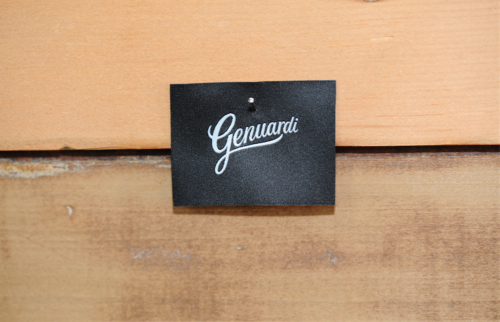
Obviously Genuardi’s craftsmanship comes at a premium, but at around $3,500 for a suit, it’s not at all outrageous when looking at luxury brand made-to-order or even off-the-rack clothiers. Nevertheless, when dealing in such a specific market, it’s important to understand the customer base. One might wonder what makes an individual decide that they would prefer a custom-made suit.
“There are certain motivations,” says Genuardi. “One of them is going to be fit, and that’s probably the biggest. That’s what we emphasize. There’s a fit from a bespoke suit that you’re not going to get off the rack or made to measure because there are just some things that can’t be accomplished with a stock suit that’s altered later or a made-to-measure suit that’s sent off to a factory. When it’s made by hand or made by and individual you get to hone all the details of the fit.”
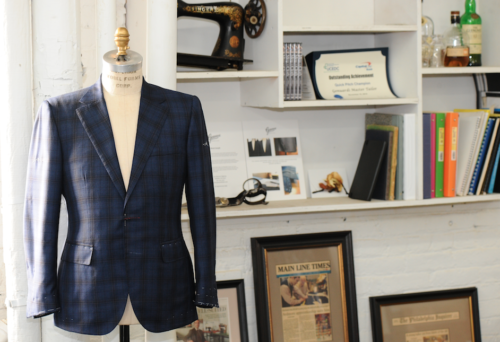
There’s also the satisfaction of owning something truly unique. “I think if you like the idea of having something that’s specific for you, that’s make only for you—there’s a certain specialness,” says Genuardi. “It’s a great relationship between the customer and the tailor, where you feel like you have a great advocate in the tailor, and he’s looking out for you.”
Genuardi gets a genuine satisfaction out of delivering the perfect suit for his clients.
“They come in, they say, ‘ahhhh,,, this is what it’s about.’ And it moves with you—that’s what’s important. A suit can look fine when you’re just standing there, but it needs to look good all the time.”
SETTING UP SHOP
Genuardi calls Hoboken home—not just in a business sense, but he also lives here, with his wife and children.
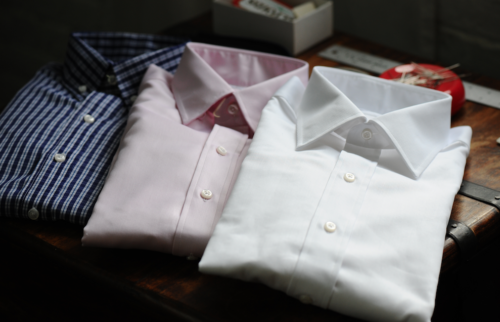
“I do love Hoboken. I think it’s a great town. I enjoy being a little bit removed from the hustle and bustle of New York because I feel that with this type of work it’s good to have a bit of solace,” he says. “Meanwhile, I’m accessible to people from Manhattan, to people from Tenafly, Chatham these other wealthy suburbs where people are interested in having these things made. And then there’s Hoboken—there are a lot of people now, guys dressing up to work in the city, so there’s a demand here locally. Hoboken offers proximity to different markets.”
Genuardi also raves about his specific location, overlooking the railyards from the Neumann Building. “This space, in this building, is really great for start-ups and craftspeople because you can actually afford to do business here. A lot of the people in this building really appreciate that,” says Genuardi.
“And it’s good for the city, because it adds another element of culture to what we have here.”


 Previous Article
Previous Article Next Article
Next Article FEATURED PROPERTY: 907 Hudson Street, Hoboken | Historic 4BR/2BA Brownstone | $2,750,000
FEATURED PROPERTY: 907 Hudson Street, Hoboken | Historic 4BR/2BA Brownstone | $2,750,000  FEATURED PROPERTY: 206 Shearwater Ct. West #72, Jersey City | 2BR/2BA Port Liberte Condo | $570,000
FEATURED PROPERTY: 206 Shearwater Ct. West #72, Jersey City | 2BR/2BA Port Liberte Condo | $570,000  FEATURED PROPERTY: 509 Park Avenue, Hoboken; Stunningly Sophisticated 5BR/3.5BA Townhouse — $2,900,000
FEATURED PROPERTY: 509 Park Avenue, Hoboken; Stunningly Sophisticated 5BR/3.5BA Townhouse — $2,900,000  FEATURED PROPERTY: 1620 Manhattan Ave. #C4, Union City | Spectacular 4BR/2BA Loft | $1,275,000
FEATURED PROPERTY: 1620 Manhattan Ave. #C4, Union City | Spectacular 4BR/2BA Loft | $1,275,000  FRIDAYS ARE FOR FRANK: “Baubles, Bangles & Beads”
FRIDAYS ARE FOR FRANK: “Baubles, Bangles & Beads” 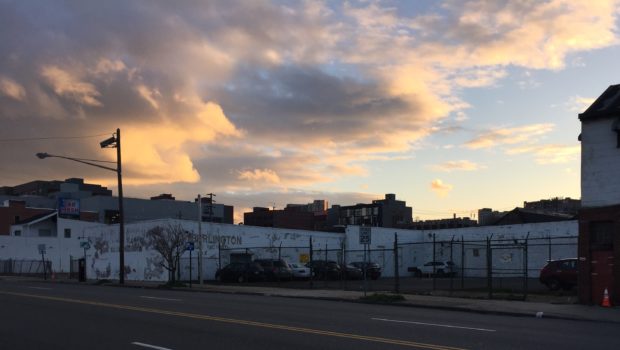 hOMES: Weekly Insight Into Hoboken & Jersey City Real Estate Trends | April 27, 2018
hOMES: Weekly Insight Into Hoboken & Jersey City Real Estate Trends | April 27, 2018  Hoboken Catholic Church to Celebrate LGBTQ Pride Mass – SUNDAY, JUNE 30
Hoboken Catholic Church to Celebrate LGBTQ Pride Mass – SUNDAY, JUNE 30  FEATURED PROPERTY: 98 Tidewater St. #202, Jersey City | Charming Downtown 1BR | $524,000
FEATURED PROPERTY: 98 Tidewater St. #202, Jersey City | Charming Downtown 1BR | $524,000